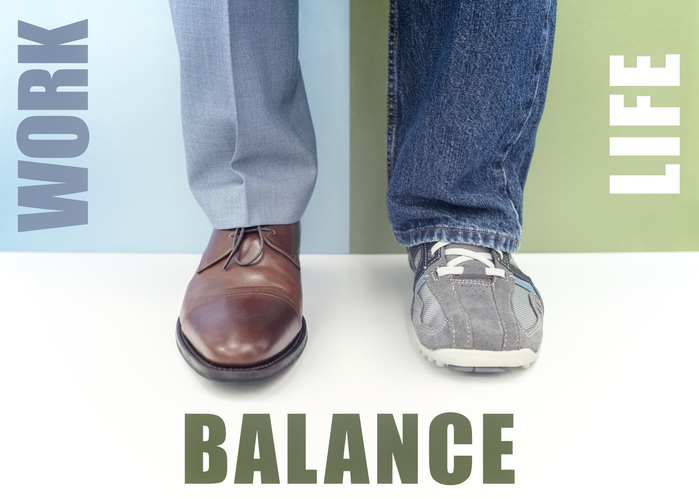Have you ever had the feeling that there is too much work and very little life? Have you ever searched for a job with a more favorable work-life balance?
Work-life balance is a consistently elusive goal. This is because we approach this at a superficial level. We are spending too much time at work at the cost of our personal life, or the other way round. At the same time, the real issue is the desire to live life to its fullest.
There are real challenges to a balanced and fulfilled life. WFH has blurred the boundaries; technology leaves no quiet time; society rewards extra work; the desire to keep up and go better than the Jones distorts what is good for us.
Feeling overwhelmed, strained relationships, long hours at work and sacrificing personal development and personal interests could be signs of a life in need of balance. In this article, we will explore some of the common myths of a work-life balance and the better approach to make the elusive more accessible.
The myths
- Work is pain, and personal life is pleasure: We tend to think that work is a place of pain and personal life a place of pleasure. Work is something we ‘have to’ do rather than ‘want to’ do. How will our ideal work-life balance shift if we enjoy our work, if we are content with the level of attention given to our personal life?
- Work and personal life are separate: While it is helpful to draw boundaries between work and personal life, we must also accept that they frequently overlap. A good or bad day in one will invariably influence the other. After all, we are the same person that is present at work or in our personal life. It may be more beneficial to replace the term work-life balance with — ‘a balanced life’ — one in which we choose the aspects of our life we wish to categorize and what balance means to us in each of these categories.
- Time is the only constraint: If only we had more time, then we could be closer to a balanced life. This is why we search for jobs that take less commute time, need fewer hours, etc. Have we ever considered that quality supersedes quantity? One romantic dinner can be more fulfilling than a weekend together. Reading bedtime stories to the kids can be more satisfying than coming home at 6 p.m. while our attention is on an important meeting.
- One correct solution: There is no right or wrong when it comes to leading a balanced life. What is a balanced life for us today could change next month with the next promotion or with our children getting into high school. There is nothing wrong in reflecting, as and when needed, and modifying what we consider a balanced life.
The better approach
Ask yourself three questions:
- What needs to happen to make life more fulfilling?
- How can life be more balanced and fulfilling?
- Who do I need to become to lead a fulfilled life?
It may help to split life into categories relevant at the time. For instance, mental health, physical health, work, finances, spiritual, personal development and relationships are possible categories.
- Identify the area(s) of priority. It is most productive when you focus on one or two categories as important. You can always come back to the others later.
- Deep dive into these areas to ascertain the core reason for prioritizing them. For instance, the core reason for identifying poor finances may be financial security. This changes the possible actions to take.
- List the micro-actions to take and schedule them. Avoid multitasking and learn from experience. Consider this as a puzzle with more than one solution.
- Manage time efficiently. Nothing beats the feeling of doing more than you think you can. You will realize our goals sooner.
- Reassess priorities frequently as they keep changing.
- Give wings to your passion. Nurture your dreams by giving them some time and attention throughout the day or week.
- Remain active, especially relevant for desk jockeys. Move about for a few minutes as often as feasible. It improves posture, releases stress and helps with focus.
- Develop a flexible mindset. A good part of life is not in your control, and you need to be adaptable to roll with the dice.
- Become self-aware to broaden your horizon for possibilities, identify what keeps tripping you up and increase self-confidence.
- Network. Because we are social animals it is necessary for your mental sanity, and because an objective view is helpful.
- Take up a coach/mentor and an accountability partner.
We are unique, and what is a balanced and fulfilled life is not unique to us but also changes with time. Leading a balanced life requires courage, as it often means parting ways with societal norms and forging our path. In the end, it comes down to one thing: do you want to live your life or someone else’s life?
Opinions expressed by SmartBrief contributors are their own.
____________________________________
Take advantage of SmartBrief’s FREE email newsletters on leadership and business transformation, among the company’s more than 250 industry-focused newsletters.
